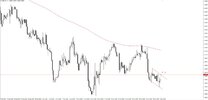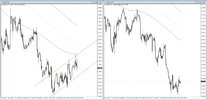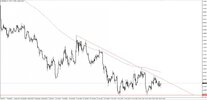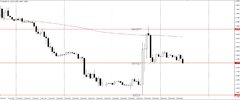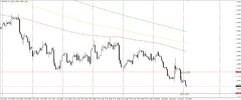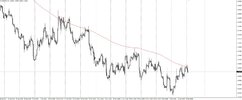ForexBrokerInc
ForexBrokerInc Representative
- Messages
- 9
Despite recent claims that UK economy is doing better relative to other European economies, hence have to pay additional 1.7 billion Pounds into the European Union budget, the Pound can’t seem to be finding its strength to rise vs Dollar and other major currencies.
Will it get worse?
German Chancellor Angela Merkel warned the UK Prime Minister David Cameron that she would rather see the UK leave the EU than compromise over the principle of free movement and that Britain is approaching ‘the point of no return’.
Such strong statement by the German Chancellor will never have a good impact on the British Pound, nor in fact on the Euro.
Investors will surely be watching the proceedings of the UK Prime Minister in the coming days.
Technically speaking as of Monday morning, GBPUSD is at the psychological resistance level of 1.60. Still however, the pair is traded in the bearish rectangle and as long the market does not break and stay above the psychological level of 1.6000 in the coming hours and days, we should expect further movement to the down side. Targeting 1.5750 area.
Will it get worse?
German Chancellor Angela Merkel warned the UK Prime Minister David Cameron that she would rather see the UK leave the EU than compromise over the principle of free movement and that Britain is approaching ‘the point of no return’.
Such strong statement by the German Chancellor will never have a good impact on the British Pound, nor in fact on the Euro.
Investors will surely be watching the proceedings of the UK Prime Minister in the coming days.
Technically speaking as of Monday morning, GBPUSD is at the psychological resistance level of 1.60. Still however, the pair is traded in the bearish rectangle and as long the market does not break and stay above the psychological level of 1.6000 in the coming hours and days, we should expect further movement to the down side. Targeting 1.5750 area.
